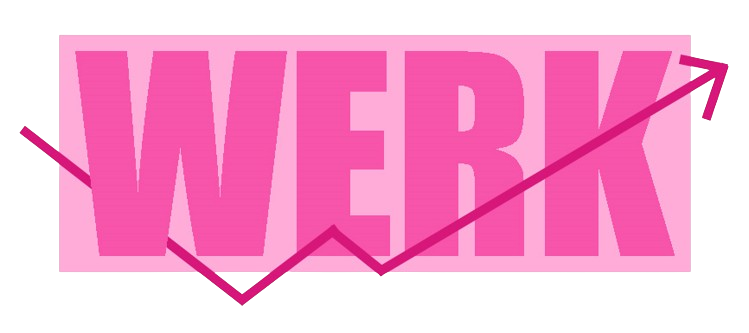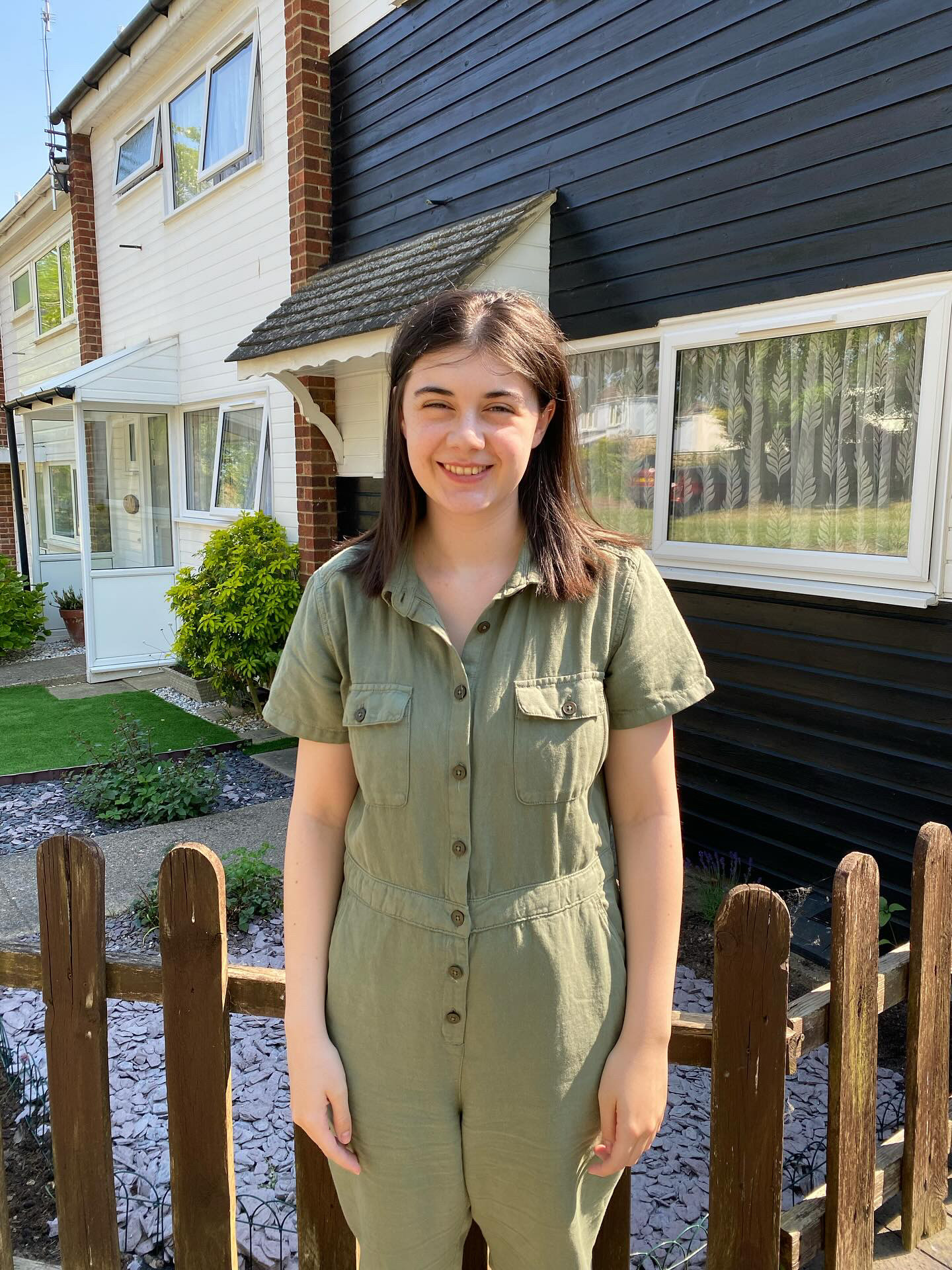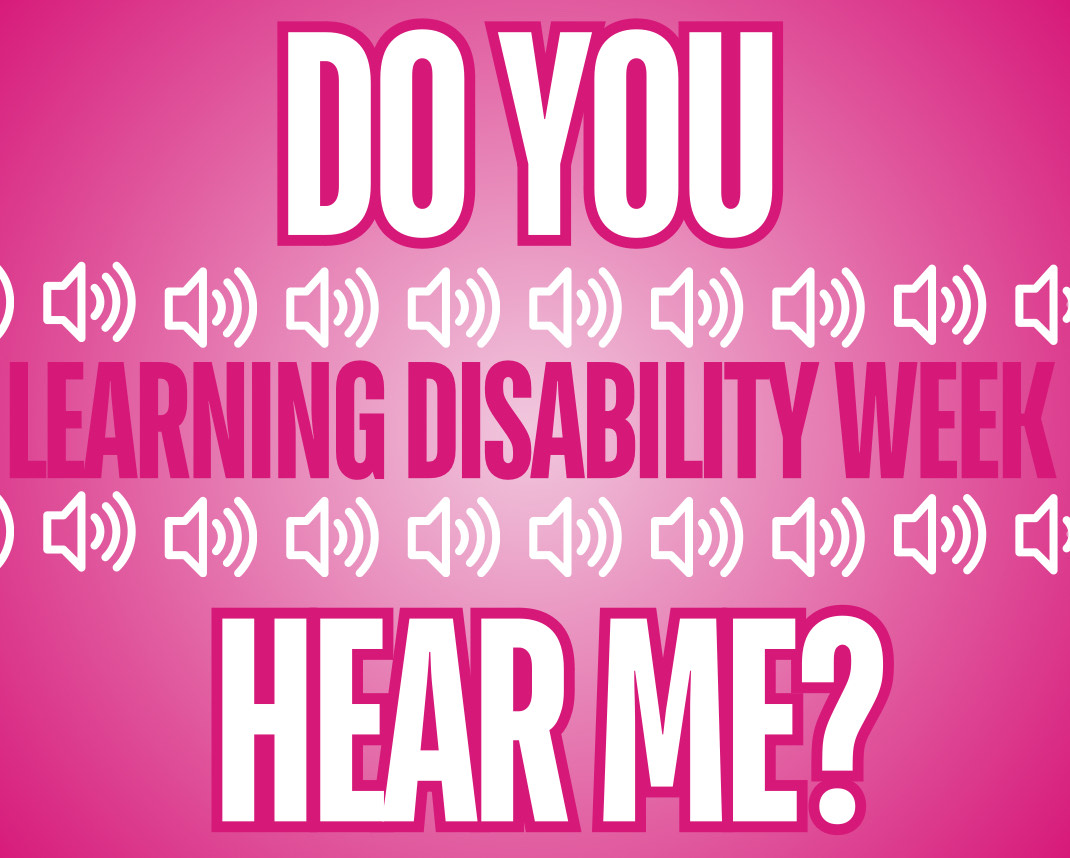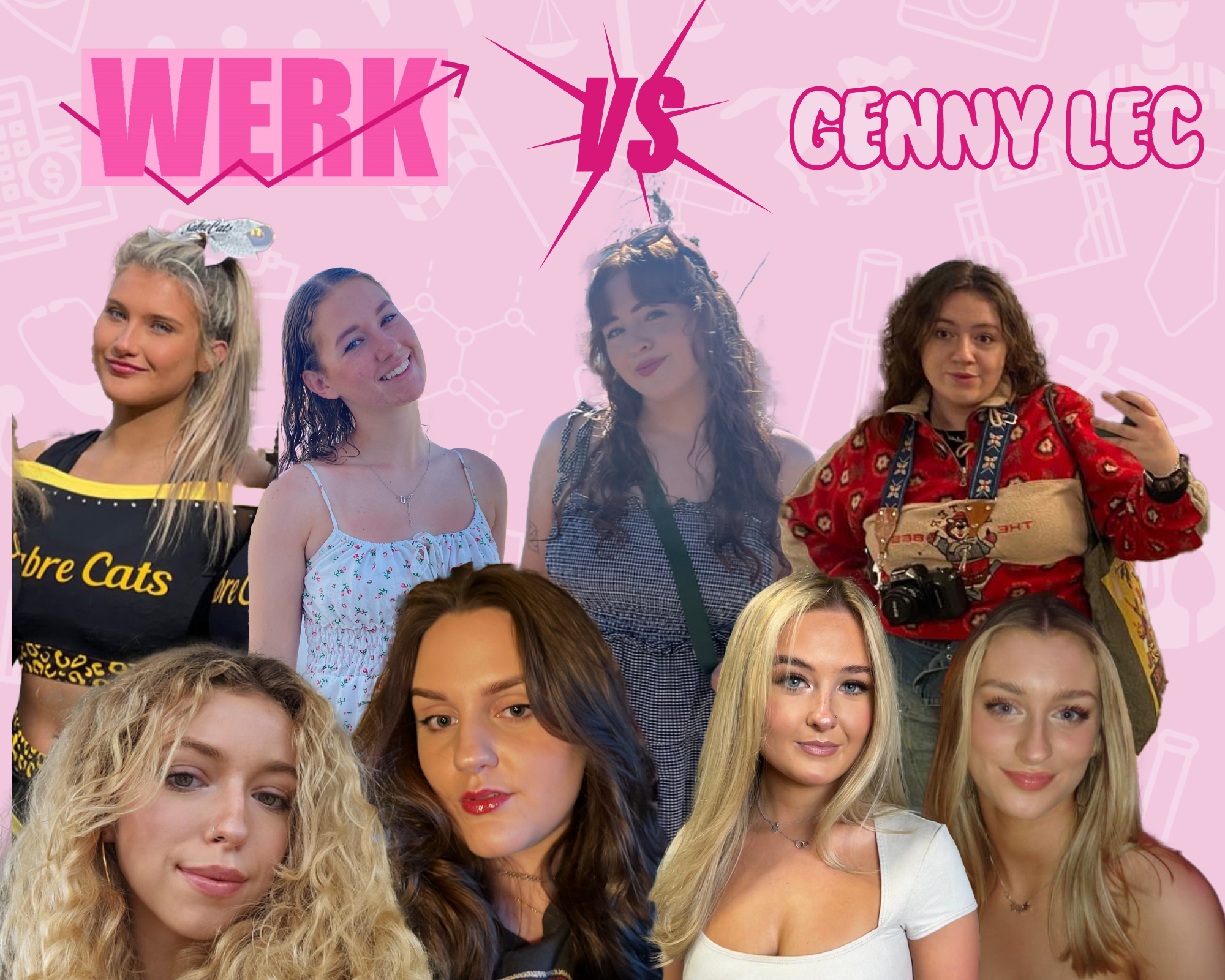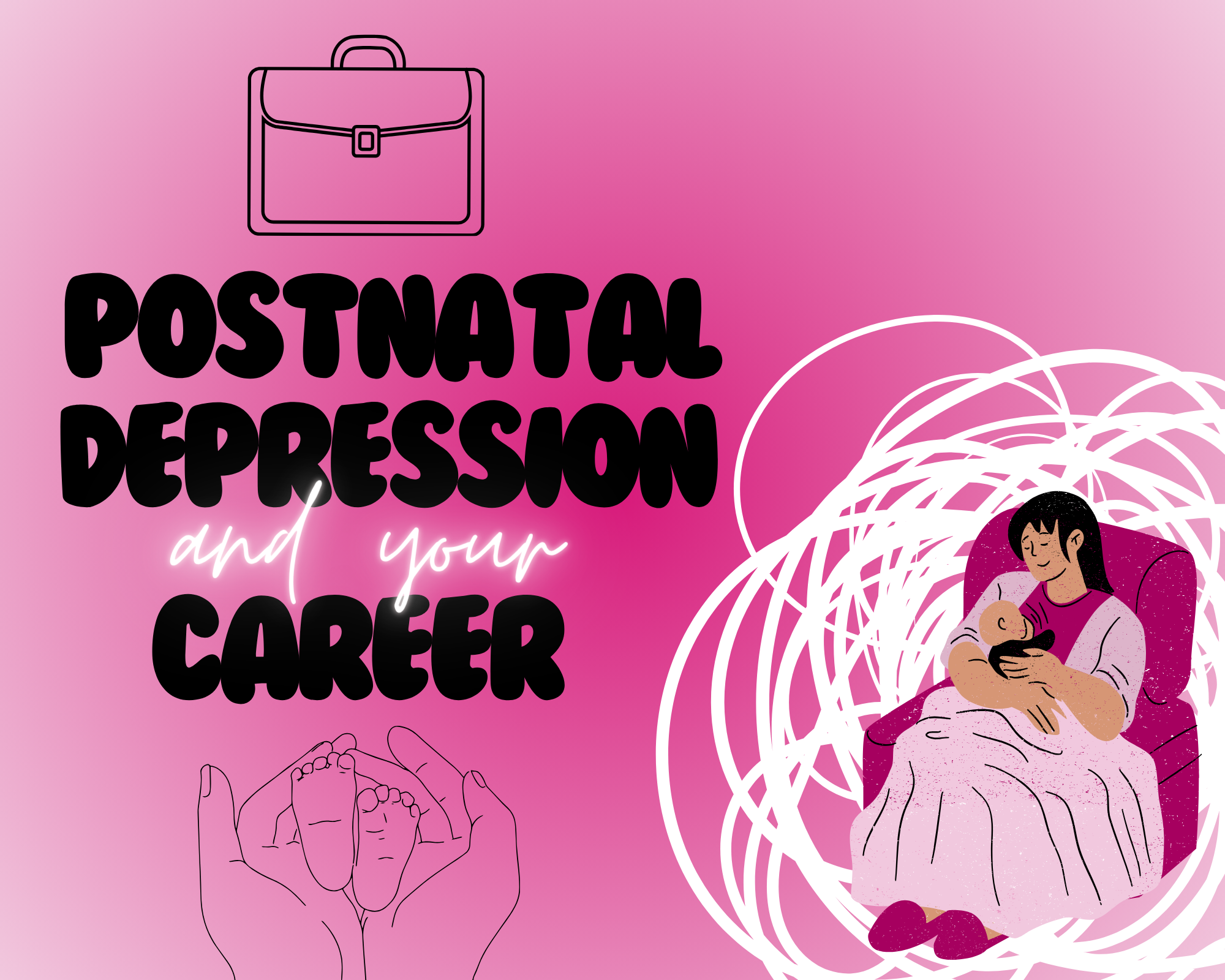Every morning when Alicia Williams wakes up, she does a mental body scan. Head, legs, stomach, which one hurts the most? She is never sure which part of her body will hurt, or how severe it will be. Her confusion is due to a cocktail of health issues which make her day-to-day life with a hidden disability very difficult.
Alicia, 22 (@chronicallyalicia), was diagnosed with Functional Neurological Disorder (FND) a year ago which affects the way her brain sends information to the rest of her body. Symptoms are different from person to person but, for Alicia, they include seizures and breathing difficulties. If that wasn’t enough, she also has endometriosis which causes severe bleeding and pain and Postural Tachycardia Syndrome (POTs) which causes her heart to race every time she stands up or moves. Picture when you stand up too quickly. Now picture that feeling all the time.
“For me, it’s the things you would take for granted. With the FND, it’s my left hand side. It’s weakness, my coordination, and my speech will go. If it was just that one thing, you would find a way, but it’s just when everything adds onto each other that basic tasks, like brushing your teeth, require so many skills that it becomes hard.”
Despite her extensive medical file, Alicia keeps a positive attitude by making light-hearted content on Instagram and TikTok whilst educating viewers on the symptoms and daily challenges she faces. Her channel’s are very successful – she has 6.7k followers on TikTok and has racked up over 300k likes across her videos – she has been able to build a career as a disability influencer.
“When I started posting I didn’t ever envisage it would turn into my job,” she says. “I think a lot of people with hidden disabilities just go to social media for a sense of community and it ends up becoming their job and it’s something they can actually work around their condition. It’s been brilliant to see how many people are listening and supporting me.”
No one knows better than Alicia how unfriendly the world can be for someone who suffers severe symptoms but looks physically well from the outside. “When people can’t see that you have a disability, they sometimes assume you’re being overdramatic.”
“Sometimes you spend so long trying to convince others that what you’re experiencing is real, that you start to question yourself.”
View this post on Instagram
And she’s not alone. According to the Disabled Persons Transport Advisory Committee, nearly one in five of the working-age population are classed as disabled, with 80% of those being defined as hidden disabilities. When the conditions causing those hidden disabilities are labelled “women’s issues” and relate to (whisper it) the menstrual cycle, then there can be a lack of support from the medical profession as well as employers.
“I’m sure some doctors are brilliant, but my experience wasn’t great,” Alicia says. “When I was diagnosed with endometriosis at 17, my healthcare professionals just said that if I fell pregnant the endo pain would go away.”
Because that’s the medical advice every 17-year-old wants to hear.
“I also got told to just stop having sex as if that was some kind of answer to my problems,” she adds.
In 2022, the government asked 100,000 people their thoughts on gender bias in the NHS and, based on responses, healthcare professionals across England will be given mandatory training to better treat female medical conditions. Many concerns from women included not being listened to in instances where pain is the main symptom – for example, being told that heavy and painful periods are ‘normal’ or that the woman will ‘grow out of them’.
“There is a lot of campaigning going on about this,” says Alicia, “but more could be done especially in the NHS. The whole system needs to redefine pain and how chronic, female conditions are approached. Any menstrual pain should be taken seriously because it can be seriously debilitating.”
She may be a TikTok star now, but Alicia originally planned on going to university to study midwifery and to try and gain some healthcare experience, she started working as a nursing assistant for MacMillan. Then came COVID, and her university plans were put on pause. At the same time, her endometriosis got worse, which meant she had to leave MacMillan too.
Perversely, Alicia still thinks she was lucky.
“My colleagues were very patient,” she says. “I’d been honest with them from the start and they understood that I couldn’t always work for as long or as often as other members of staff could. When I had to reduce my hours and eventually stop working because of my condition, it wasn’t a big shock. They were all very supportive.
“I think it’s important to try to communicate with the people around you if you have a hidden disability, only if you want to, about how you’re feeling so that if something does go wrong, it breaks down the barrier a bit more so people aren’t as shocked if something happens. Then they feel more comfortable to be like oh, she’s just having a bad day.”
For thousands of other women living with hidden disabilities, the reality is much trickier.
According to research conducted by think tank, INvolve in 2022, more than half (58%) of people with invisible disabilities feel they are not as prioritised as those with other conditions.
This is something Alicia feels passionately about. “If you’ve broken your leg, you’re not expected to go into work and you’d have paid sick leave and sent a get well card from your bosses,” she says. “If it’s chronic pain caused by something you can’t see, people are less forgiving. If it is a disability caused by menstrual conditions, it feels like you just have to take paracetamol and suck it up because women’s conditions are taken as seriously but sometimes my pain means I physically can’t move or get out of bed.”
Alicia, who is registered disabled, has some support to help with her day-to-day life – a disability parking badge being one of them.
“I can’t drive anymore because of my seizures but now my family will drive me and we park in the disabled bays. Just because I can seemingly walk around the supermarket for 10 minutes just fine, doesn’t mean that I can’t use that parking space because it might be that I get halfway around the store and I feel like I’m going to have a seizure. My boyfriend will need to carry me back to the car and then the car is closer to the door. But, when your disability is hidden, you can feel guilty for not looking like you should be in that spot.”
With her social media career, Alicia is her own boss and no longer needs to worry about her workmates taking her conditions seriously. However, the INvolve research clearly shows that professional life is not so easy for others like her with 50% saying the difficulties they face in getting the support they need at work makes the process not worth it.
So what can you do if you have an hidden disability and your company doesn’t support you?
According to Danae Shell, the founder and CEO of Valla – a legal technology platform that helps consumers manage their own legal cases, one of the first steps is to get your notebook out.
“Make sure you disclose your disability in writing or make a note of when you talked about it with your manager because that sort of stuff is super important,” she says. “Then take notes of everything else too. I would say the major way to protect yourself is making sure that you’re writing down anything relating to your disability.
“Hidden disabilities can often be labelled as someone just being work shy and all of these other toxic terms. I think people with any disability feel that they have to hide it to feel like they have a fair chance in employment or to be treated the same as their coworkers but they should be supported. ”
Being a woman in the workplace has its challenges as it is. Adding a hidden disability onto that can create obstacles for those looking for work.
The content creator remains positive, showing you can still navigate the working world with a hidden disability. “Social media is great because you can work with people to help it, rather than to fight your own body.”
To hear more about hidden disabilities in the work place, check out – Understanding the Impact of Learning Disabilities on Career Opportunities – Werk (werkmagazine.co.uk)
